
The panel at the HIV cure press conference. © IAS/Deborah W. Campos - Commercialimage.net
Some of the latest HIV cure research has been presented at International AIDS Conference this week.
Experts also met for a cure workshop prior to the conference, where they launched a global scientific strategy Towards an HIV Cure.
Research is looking at a range of different approaches to a possible cure, including:
- flushing out and destroying HIV lying dormant in ‘reservoirs’ in the body.
- stem cell treatment (like that which cured the ‘Berlin Patient’)
- starting HIV treatment very soon after infection – an approach that would only work for a small proportion of people with HIV.
It’s likely any successful cure process will involve a combination of approaches.
Promising results in some of the cure studies raise their own ethical questions, as people who are doing well on successful HIV treatment would have to stop to see if a functional cure has been achieved. An ethics working group has been set up to address these issues.
Steven Deeks, co-chair with Francois Barré-Sinoussi of the IAS HIV Cure working group, said: "The barriers to a cure are far greater than barriers to antiretroviral therapy [in the late 1980s]… Unless we get very lucky this is going to take well over a decade."
"The field is moving fast", said Sharon Lewin from Monash University in Melbourne. "We certainly don’t have a cure currently, but we have a better understanding of what we need to do."

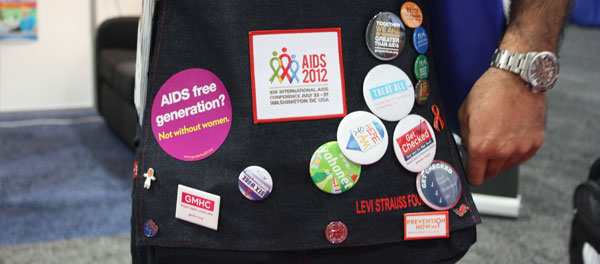


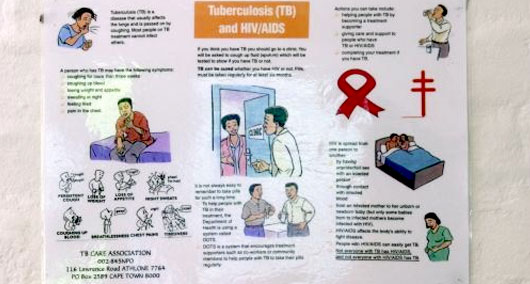
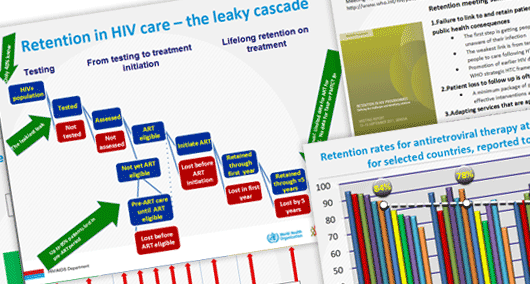


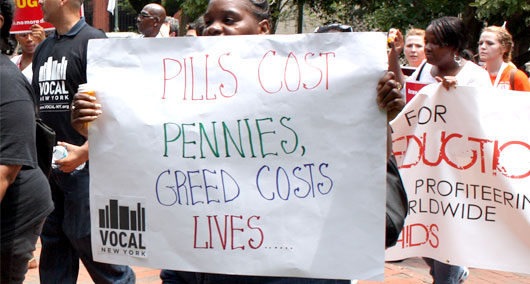
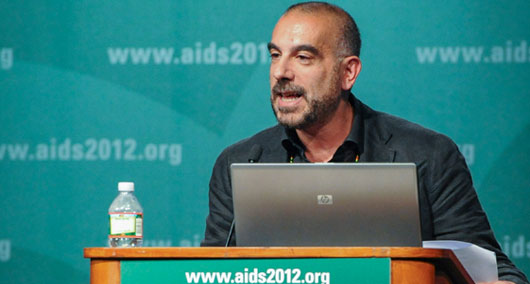
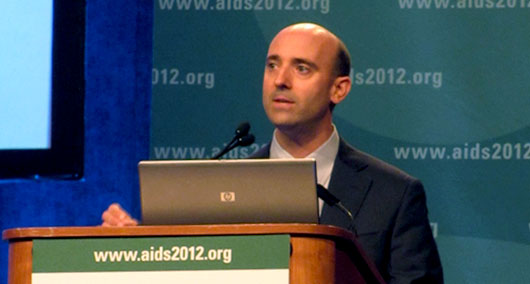


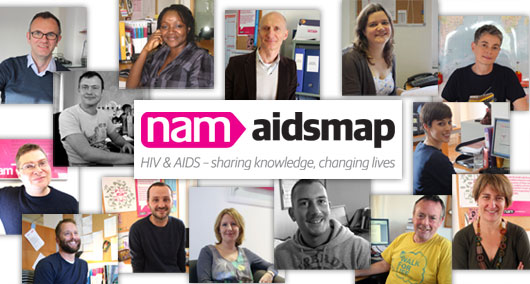
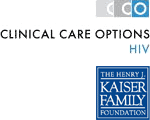



Connect with NAM on Facebook: Keep up to date with all the exciting projects, latest achievements and new developments that are going on in the world of NAM.
Follow NAM on twitter for links to hot off the press news stories from our editors covering key developments and conferences as they happen. Our news feed is linked to www.twitter.com/aidsmap_news and we also tweet from www.twitter.com/aidsmap.
Follow all the conference news by subscribing to our RSS feeds.